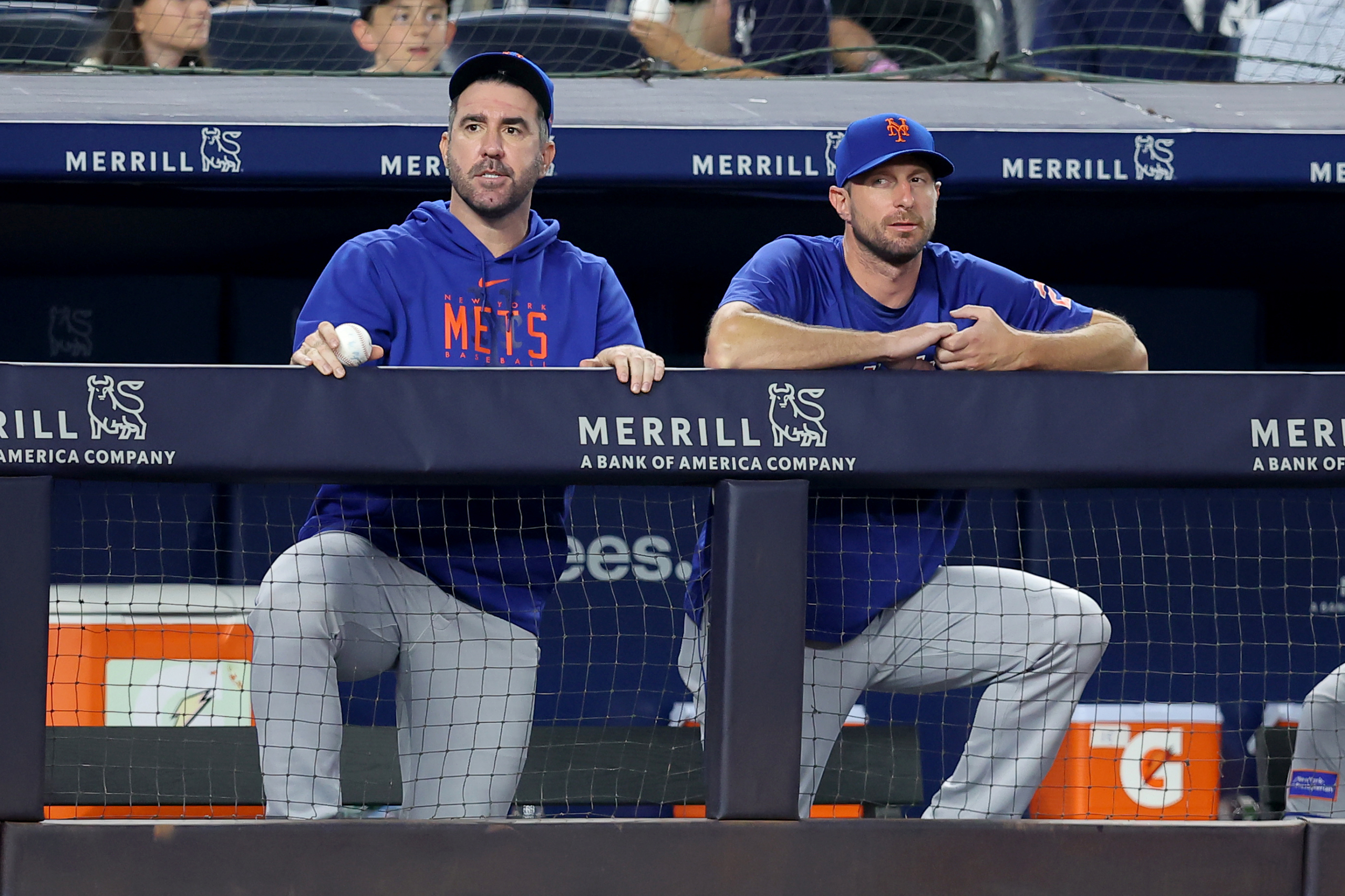There are two things that stand out about this year’s MLB trade deadline results. One, it was active. Pretty much every team was involved, and the number of buyers outpaced the number of sellers, so the competition for adding big leaguers was intense.
Secondly, and perhaps most important, starting pitching remains king.
Consider the quality starters who switched teams in the past few days: Justin Verlander, Max Scherzer, Lucas Giolito, Lance Lynn, Jordan Montgomery, Jack Flaherty, Aaron Civale, Rich Hill and Michael Lorenzen, among others.
Detroit’s Eduardo Rodriguez almost joined the list, but he enacted his no-trade clause and rejected a deal to the Los Angeles Dodgers, reportedly to stay close to his family on the East Coast.
In comparison, who was the most accomplished and exciting offensive player to switch teams: Josh Bell? Mark Canha? Jake Burger? Paul DeJong? Jeimer Candelario? Tommy Pham? C.J. Cron? Randal Grichuk? The list isn’t deep, or particularly inspiring.
Pitching help for the stretch run
This game is about quality arms first. Everything else is secondary. And that was evident this past week, as it seemed like every contender attempted to fill a rotation hole or two from a group of limited sellers. The cost was high, because the need was so sharp.
“It was an expensive market because of the supply and demand. And it’s tough,” said Orioles general manager Mike Elias, who sent three prospects to the St. Louis Cardinals for two months of Flaherty. “When you’re on the buy side, you tend to kind of lose every trade because you’re giving away years and years and years of future for a very short impact. But that’s part of trying to win and focus on the team that’s in a good position.
“I thought it was it was very challenging. I thought that, overall, the teams that were selling did really well around the league. But you saw the buyers were active. So, it was very competitive, and it’s been a very tiring few days.”
It was an entertaining week or so for fans and observers. And a crazy one for good pitchers.
The best player in the game, two-way superstar Shohei Ohtani, was on the trade block – and then he wasn’t. Two future Hall of Famers, Verlander and Scherzer, were dealt. And two other top starters, Blake Snell and Dylan Cease, were rumored to be on the move, but stayed put.
The intense desire for rotation help belies the burgeoning wisdom that starting pitching isn’t as important in the postseason. Starters are often pulled earlier. Some are used in middle relief. Late-inning relievers are pressed into high-leverage service in the middle of games.
And while all of that may be true to an extent, there is no substitute for strong starting pitching down the stretch, especially with as many as 10 teams in each league now fighting for six playoff spots in August.
The inclusion of the additional wild card round puts more emphasis on needing quality starts out of the rotation in August and September, and ultimately, in October.
Developing pitchers to use as trade bait
The best teams develop their own. Successful organizations such as the Atlanta Braves, Tampa Rays, Cleveland Guardians and Los Angeles Dodgers are seemingly always producing quality arms. And then, sometimes, trading them for younger versions or hitters on the cusp. That’s become a secret sauce for teams like the Rays and Guardians.
In rebuilding the Orioles, Elias concentrated his drafting primarily on college hitters. In his first four drafts, Elias didn’t sign one pitcher in the first four rounds. Part of his plan was to get the college players to the majors quickly, build a surplus and then trade some offense for established pitching.
It has worked out decently. Yet when Elias finally landed the arm he coveted in Flaherty, he did so by trading two homegrown pitchers, Drew Rom and Zack Showalter, as well as Cuban infielder César Prieto, in the prospect package.
Quality arms are in such demand that three of the ones traded this week were Scherzer, age 39, Verlander, 40, and Hill, 43. Showalter, the Orioles’ 19-year-old pitching prospect, wasn’t born when Hill was drafted in 2002 and was only a few months old when the Tigers selected Verlander second overall in 2004.
Back then, teams were searching for quality arms. And that holds true today.
It was abundantly clear at the trade deadline, when teams desperately bartered for dependable starters.
Dan Connolly is an MLB Insider for Sportsnaut. Follow him on Twitter.

